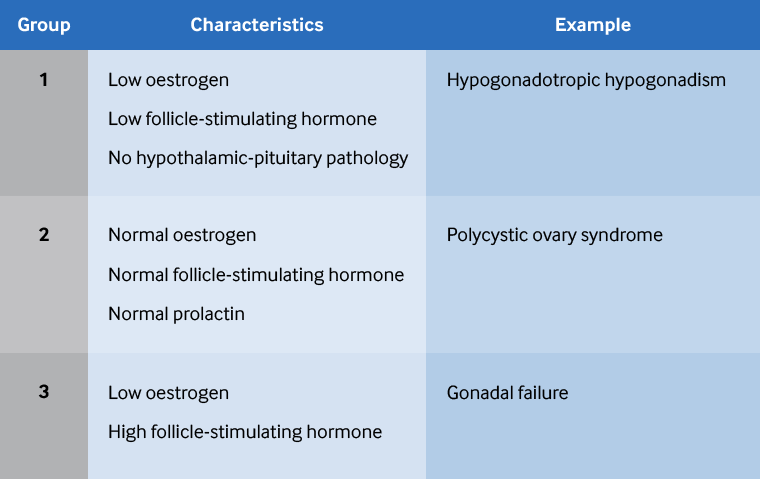最后审核时间: 七月 2019
最近更新时间: 五月 2019
小结
鉴别诊断
贡献者

Associate Professor of Obstetrics and Gynaecology
University of Toronto Faculty of Medicine
Head of Gynaecology and Minimally Invasive Surgery
Sinai Health System
Site Chief of Gynaecology
Women’s College Hospital
Toronto
Canada
利益冲突披露
MJS reports that he is a consultant for Medtronic, and he is on the advisory boards at AbbVie and Allergan. He has also been a moderator for Bayer.Professor
Department of Obstetrics, Gynecology, and Reproductive Sciences
Vice Chairman
Reproductive Sciences
Director
Division of Reproductive Endocrinology and Infertility
University of Pittsburgh
Pittsburgh
PA
利益冲突披露
JSS declares that he has no competing interests.使用此内容应接受我们的免责声明。

